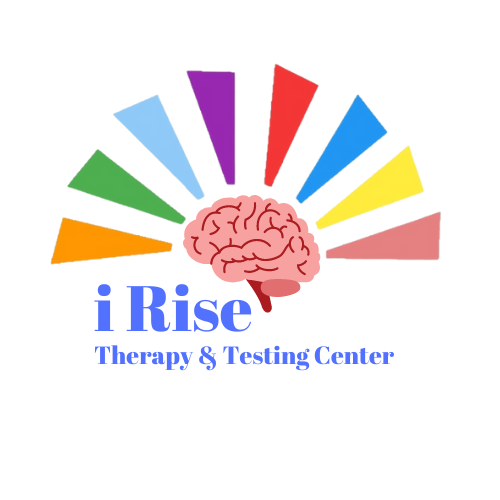
Request a Consultation
Speech And Language Therapy
These range of services are very helpful for adults and children with speech difficulty, voice disorders, and /or unable to articulate specific sounds. Disorders are often seen in difficulty communicating thoughts, feelings and ideas.
Language disorders such as dysarthria, aphasia, apraxia and other disabilities can be successfully treated with our speech therapy.
Apraxia of speech
A major sign of apraxia is when the patient knows what to say but has difficulty moving lips, jaw and tongue into correct positions needed to make the right speech sounds. A disruption of messages from the brain to the mouth is apraxia. Treatment methods include speech sound repetition, mouth movement, prompt techniques and pacing exercises.
Symptoms of Dysarthria
Slow or slurred speech – dysarthria is as a result of lack of coordination, paralysis of speech sound producing muscles. In creating a treatment plan, severity and cause has to be considered giving strategies that will improve communication abilities.
Aphasia
Aphasia is a disorder or damage that affects the language centers in the brain impairing the individual’s ability to speak, write and understand verbal and written language. They usually report tip of the tongue experiences where they know what to say but have difficulty saying it out. In treating this, rehabilitation focuses on recovery of language skills as well as developing additional methods of communication.
How to overcome language-based learning disabilities using proper treatment?
With early treatment, difficulties in reading, spelling and writing can be addressed effectively with teachers, their parents and caregivers. Specialized activities that support development of missing skills will be done enabling the student to develop strategies for comprehension, combining sounds and executive function.
How to treat selective mutism?
Selective mutism is a language disorder in which an individual does not speak in social gatherings like school, work or communication. It can be treated through a behavioral approach that builds up the individual’s confidence, reduces anxiety and tackles any language issues that may be a hindrance.





